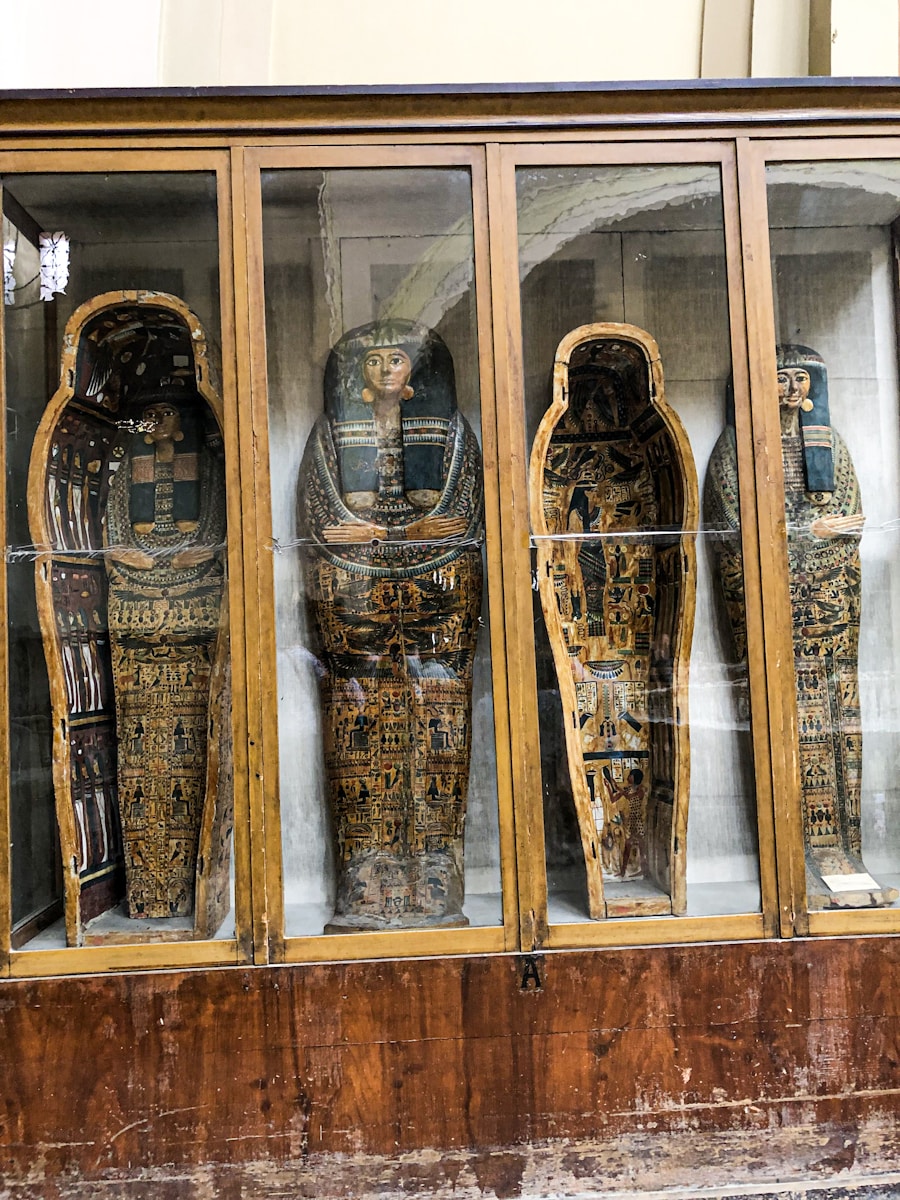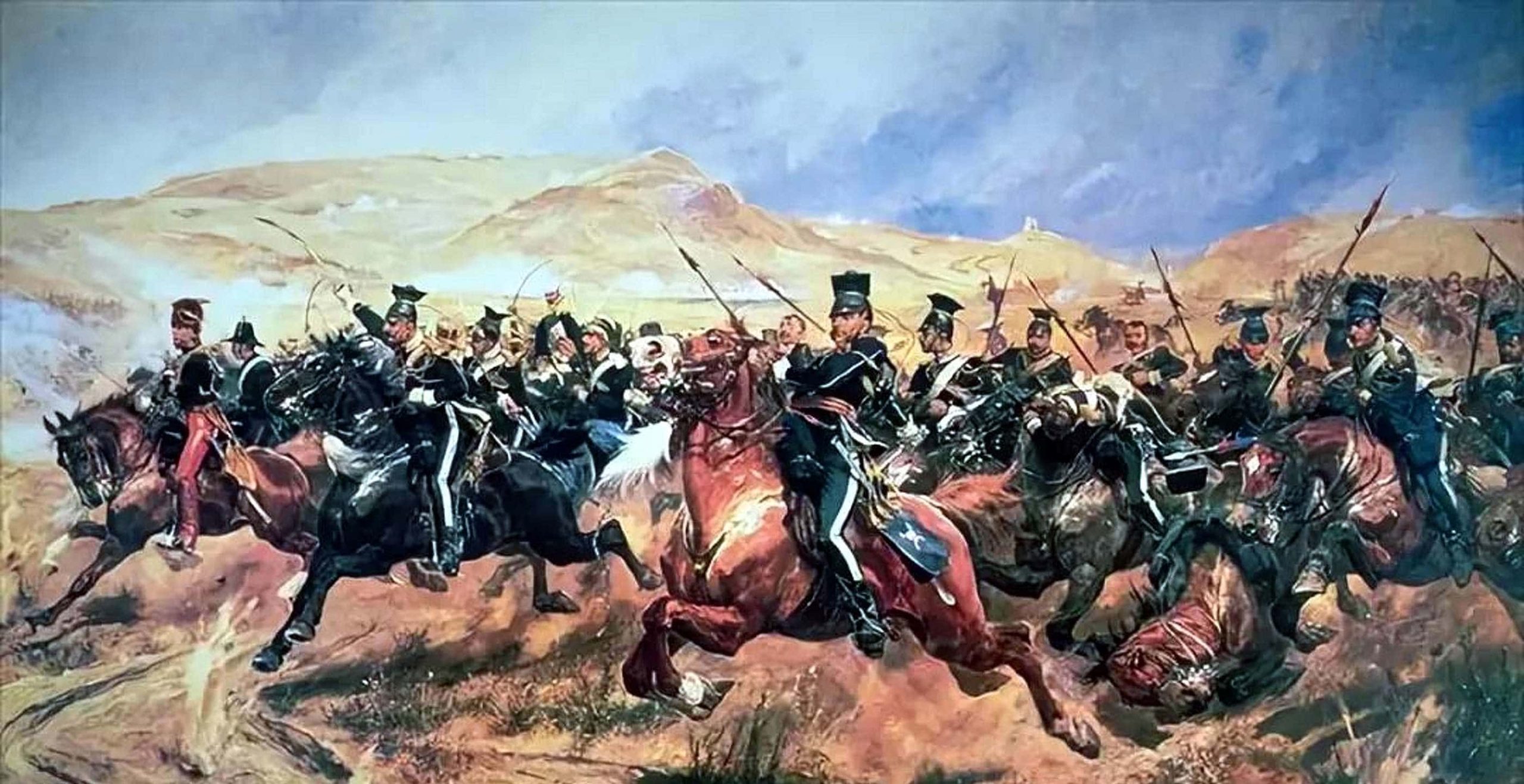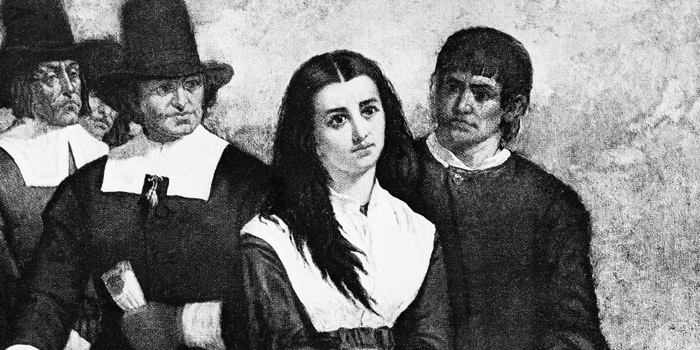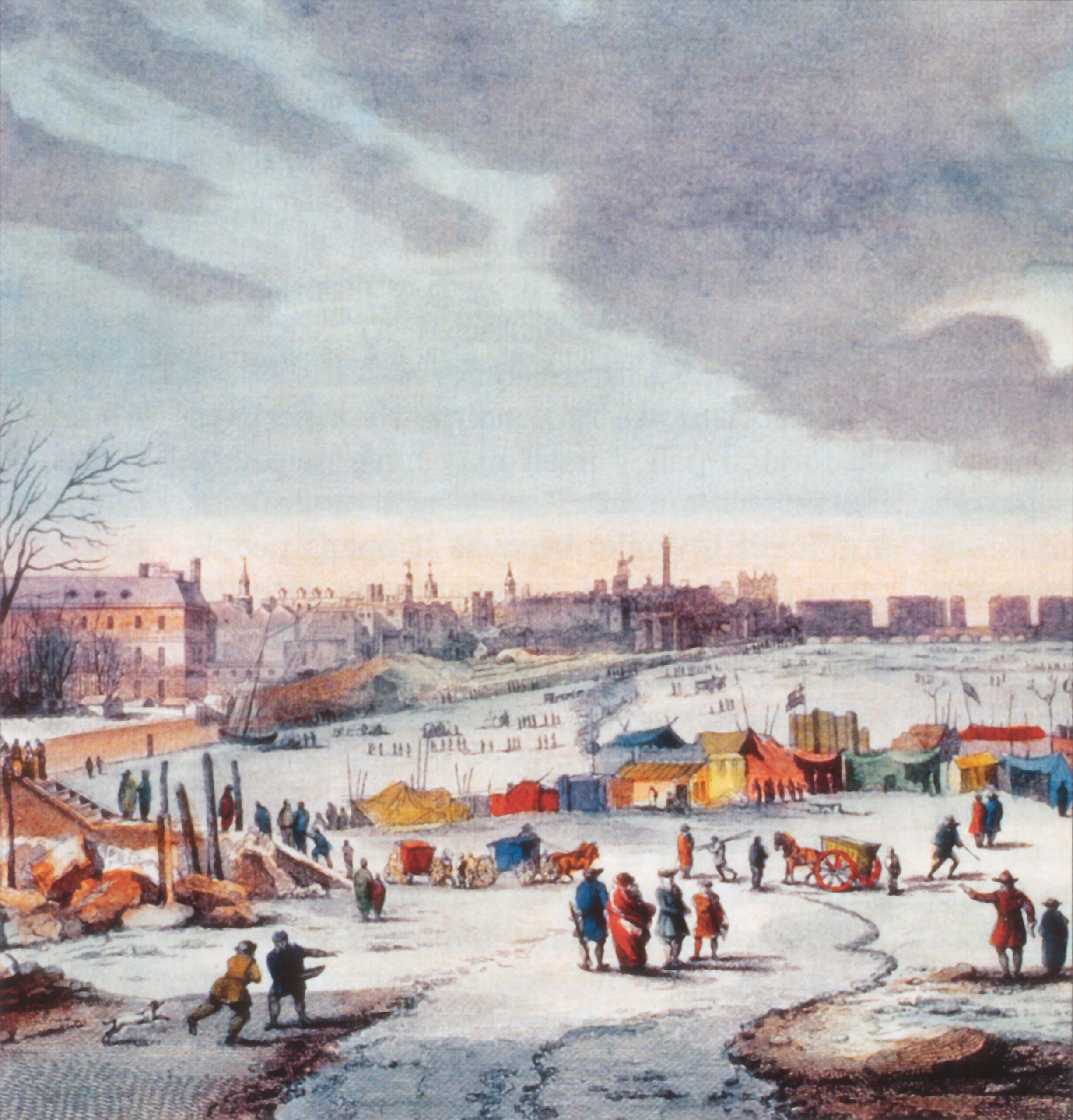
A Journey Through Time: The Fascinating World of Britain’s Bog Bodies
When we think of mummies, our minds often drift to the arid deserts of Egypt, where ancient pharaohs were preserved with great care. But hold on to your hats! Britain has its fair share of ancient mummies too, and they come with a twist that will leave you astounded. Enter the realm of Britain’s bog bodies—remarkable remnants of our ancestors, preserved in the peat bogs of the British Isles. These ancient figures predate their Egyptian counterparts by centuries, offering a captivating glimpse into a world long gone. So, grab your wellies and let’s wade through this intriguing topic!
What Are Bog Bodies?
Bog bodies are naturally preserved human remains that have been found in bogs, which are wetlands that accumulate peat—a type of organic material formed from decayed plant matter. Over thousands of years, the unique conditions of bogs, including acidic water, low temperatures, and anaerobic (low-oxygen) environments, have prevented the decomposition of organic materials. This has allowed the bodies to remain intact, sometimes with their skin, hair, and even internal organs preserved.
These remarkable finds often date back to the Iron Age (around 800 BCE to 100 CE) and are particularly concentrated in regions such as Ireland, Scotland, and Denmark. However, the British Isles boast some of the most fascinating examples of bog bodies, which are not just mummified remains; they are time capsules that tell stories of ancient life, ritual, and social practices.
A Glimpse Into the Past: The Discovery of Bog Bodies
The first recorded bog body discovery in Britain dates back to the 19th century when a laborer stumbled upon the remains in a bog in County Meath, Ireland. However, it wasn’t until the 1950s and 60s that the phenomenon began to capture the attention of archaeologists and historians. Suddenly, bog bodies became the spotlight of both scientific research and public fascination.
One of the most notable discoveries came in 1952 when the Tollund Man was unearthed in Denmark. While Tollund Man is not British, his well-preserved body drew significant attention to the phenomenon of bog bodies across Europe, including those in Britain. The discovery of Lindow Man in 1984 in Cheshire and the subsequent finds, such as the beautifully preserved body of the Garstang Man, has only heightened interest in these ancient figures.
The Science of Preservation: How Bogs Do It
The preservation of bog bodies is nothing short of miraculous. In typical burial conditions, bodies decompose quickly, ravaged by bacteria, insects, and environmental elements. However, bogs create a unique environment where these factors are minimized. The key components of bog preservation include:
- Acidic Conditions: Bogs are highly acidic, which helps inhibit decay-causing bacteria and fungi. The low pH level slows down the breakdown of organic material.
-
Low Oxygen Levels: The waterlogged conditions of bogs mean there’s very little oxygen present. Anaerobic bacteria thrive here, but they are less effective at breaking down complex organic compounds, allowing the bodies to remain intact.
-
Cool Temperatures: The cool, damp environment of a bog further slows decomposition. This is particularly significant in regions with temperate climates, where the temperature helps preserve the bodies.
These factors combined have given us a window into the physical appearance, clothing, and even the last moments of these individuals, making bog bodies an archaeologist’s dream.
Who Were These People? A Peek into Ancient Lives
The bog bodies found in Britain provide a snapshot of life during the Iron Age, offering insights into the rituals, diets, and social structures of the time. While we can only speculate about their exact lives, several common themes emerge from these astonishing finds.
Ritual Sacrifice
One of the most intriguing aspects of bog bodies is the evidence suggesting they may have been victims of ritual sacrifice. Many bog bodies show signs of violent deaths, including wounds from sharp weapons or strangulation marks. This has led researchers to theorize that these individuals may have been offerings to the gods or part of larger cultural practices that involved human sacrifice.
For instance, Lindow Man, discovered in 1984, displayed a significant wound to the neck, which suggests he may have been a sacrificial victim. The presence of other artifacts, such as a cord found around his neck, supports this theory. These rituals could have been a way for ancient societies to seek favor from their deities or to appease them during difficult times.
Daily Life and Diet
The preservation of bog bodies often includes remnants of the individuals’ last meals, providing insights into the diet and lifestyle of ancient Britons. Analysis of the contents of their stomachs has revealed that these people primarily consumed a diet rich in grains, fruits, and vegetables, supplemented with meat and fish when available.
For example, bog bodies have shown traces of porridge-like foods, which suggest that oats and barley were staple components of their diet. This offers a fascinating glimpse into the agricultural practices of the time and how they interacted with their environment to sustain themselves.
Clothing and Cultural Identity
Many bog bodies have been discovered with remnants of clothing and accessories, shedding light on the fashion and textiles of the era. The materials used often included wool and linen, which were woven into garments that provided both functionality and warmth in the often harsh weather conditions of the British Isles.
The clothing styles, along with the presence of unique items like jewelry or tools, also help us understand social structures and cultural identities. Some individuals were adorned with elaborate ornaments, suggesting they held a higher social status within their communities.
The Mystery of the Bog Bodies: Unsolved Questions
Despite all the insights provided by bog bodies, many questions remain shrouded in mystery. Who were these people, really? What were their beliefs and customs? Why were they sacrificed? Archaeologists and historians continue to piece together the clues, but the stories of the bog bodies are far from complete.
Ethical Considerations
As exciting as these discoveries are, they also raise ethical questions regarding the treatment of human remains. Should these ancient bodies be displayed in museums for educational purposes, or should they be returned to the earth from which they came? This debate highlights the importance of respecting the cultural significance of these remains, while also recognizing their value in understanding human history.
The Legacy of Britain’s Bog Bodies
The allure of bog bodies continues to capture the imagination of researchers, historians, and the general public alike. They serve as a reminder that history is not just a collection of dates and events, but a rich tapestry of human experiences. Each discovery brings with it the potential to rewrite what we know about our ancestors, their societies, and their ways of life.
As more bog bodies are unearthed and studied, we can expect to learn even more about the fascinating individuals who once walked the earth. These remarkable remnants of humanity remind us that we are part of a continuum, deeply connected to those who came before us. So, the next time you hear the word “mummy,” remember that the story doesn’t end in Egypt—there are mummified mysteries right here in Britain, waiting to be explored.









